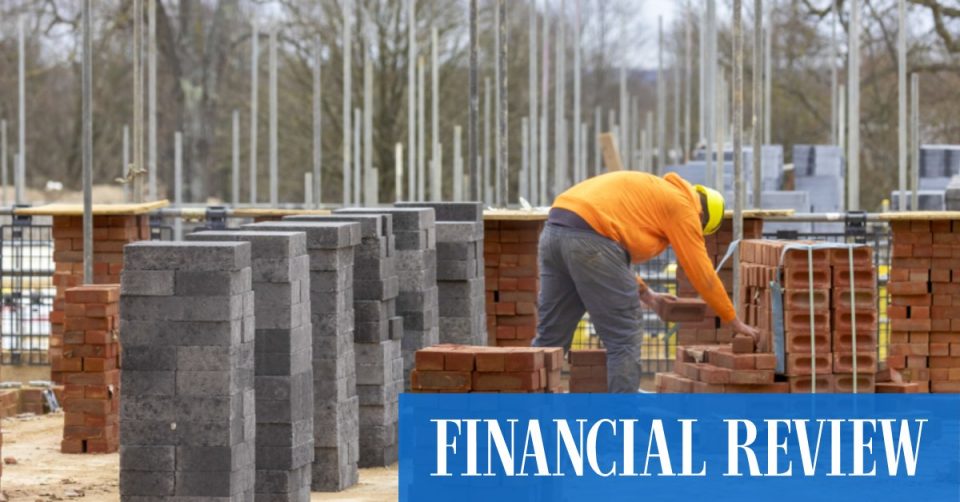The figures left overall economic output 1.5 per cent above its level in February 2020, before the pandemic struck. Construction fell in the month, driven solely by a decrease in repair and maintenance work.
New business increased slightly. Storms from February 16 to February 21 delayed some projects, and some builders said they were having difficulty getting materials.
The rise in GDP, which reflected continued easing of coronavirus restrictions, leaves Britain on course for growth of around 1 per cent in the first quarter. However, that may be a high-water mark, with soaring energy bills and inflation set to deliver an unprecedented hit to living standards this year.
“From here, the cost-of-living crisis and war in Ukraine is likely to mean a slowdown in activity,” said Dan Hanson from Bloomberg Economics.
“But we doubt that will be enough to deter the Bank of England from hiking rates in May. Still, the weak growth outlook will probably mean the central bank pauses its hiking cycle in the second half.”
The pressure facing households was underlined by the latest Bloomberg monthly survey, published on Monday. Economists now expect inflation to peak at 8.1 per cent in the second quarter, up from a previous forecast of 7.6 per cent and the fastest quarterly rate since 1991.
“Near-term challenges to the outlook have ramped up, with a growing cost-of-living crunch set to weigh on growth,” said Alpesh Paleja, lead economist at the CBI, Britain’s biggest business lobby group. “Businesses are also grappling with headwinds from the Ukraine conflict, which is exacerbating cost pressures and supply chain disruption.”
The Bank of England is forecast to deliver two further rate hikes this year, taking benchmark borrowing costs to the highest since the financial crisis. Growth is expected to average 0.3 per cent a quarter for the rest of the year.
Growth in February was led by service industries, which expanded 0.2 per cent. Hospitality and tourism benefited from the easing of COVID-19 restrictions. Vaccinations and testing fell during the month, weighing on the health care sector.
Also dragging on services was the retail sector, where sales declined.
Exports, excluding precious metals, swung to growth of 7.8 per cent in February from a 20.5 per cent decline in January. It was driven by a 25.4 per cent increase in exports to the bloc, and a 3 per cent drop in imports from the EU.
The ONS advised caution in interpreting the exports data due to a change in the methodology for data collection, but added: “Current investigations indicate the continued strong level of imports from the EU is predominantly the result of genuine increases in trade.”
The ONS said it was too early to see the effect of Russian sanctions on UK trade after they were imposed on February 24.
Bloomberg


